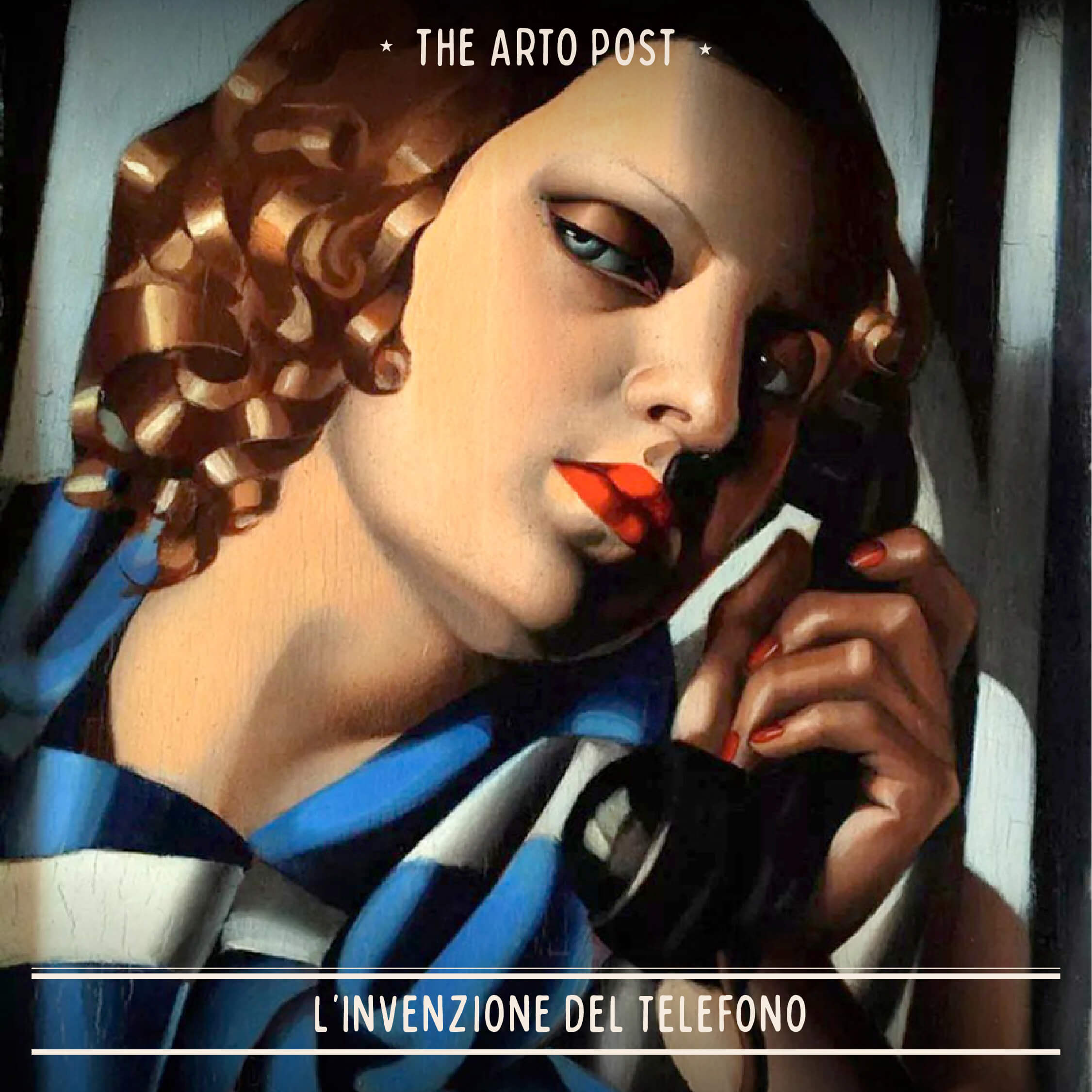The invention of the telephone

The telephone, radio and television owe their existence to the invention of the telegraph.
The device capable of sending messages over long distances using signals was invented on May 24, 1844 by Samuel Morse, who, after years of trying, sent the first telegraphic message in history: “What a great thing God has done!
A few decades later, Antonio Meucci filed a patent for a revolutionary object: the telephone. That was in 1871; we would have to wait 100 years, until 1973, for the cell phone!
However, it took more than 100 years for Meucci to be recognized as the inventor of the telephone.
Attributed to Alexander Graham Bell for more than a century, in 2002 the United States Congress recognized the Italian as the inventor.
If we rewind the tape of history, we know that Antonio Meucci worked on a telephone prototype as early as 1834, when he lived in Florence; he moved first to Cuba and then to New York, where he built the first model, which he called a “telettrofono” (short distance telephone), which allowed him to communicate with his wife in another room of the house.
In 1865, he succeeded in building a fully functional device, comparable to today’s telephones.
He called his invention the Sound Telegraph and applied for a provisional patent at a cost of $10 per year because he couldn’t afford the $250 for a final patent.
He sent his project to several telegraph companies, including the Western Union Telegraph Company, where Bell worked.
The company refused and claimed to have lost the material received.
In the same year, Bell applied for the patent and was recognized as the inventor of the telephone. Meucci’s protests were in vain. At this point, you know the rest of the story!
For the curious among you, Meucci’s “telephone” is still on display at the Leonardo da Vinci National Museum of Science and Technology.
This and other interesting facts can be found in the Art and Science album.
Explore the Art and Science album!